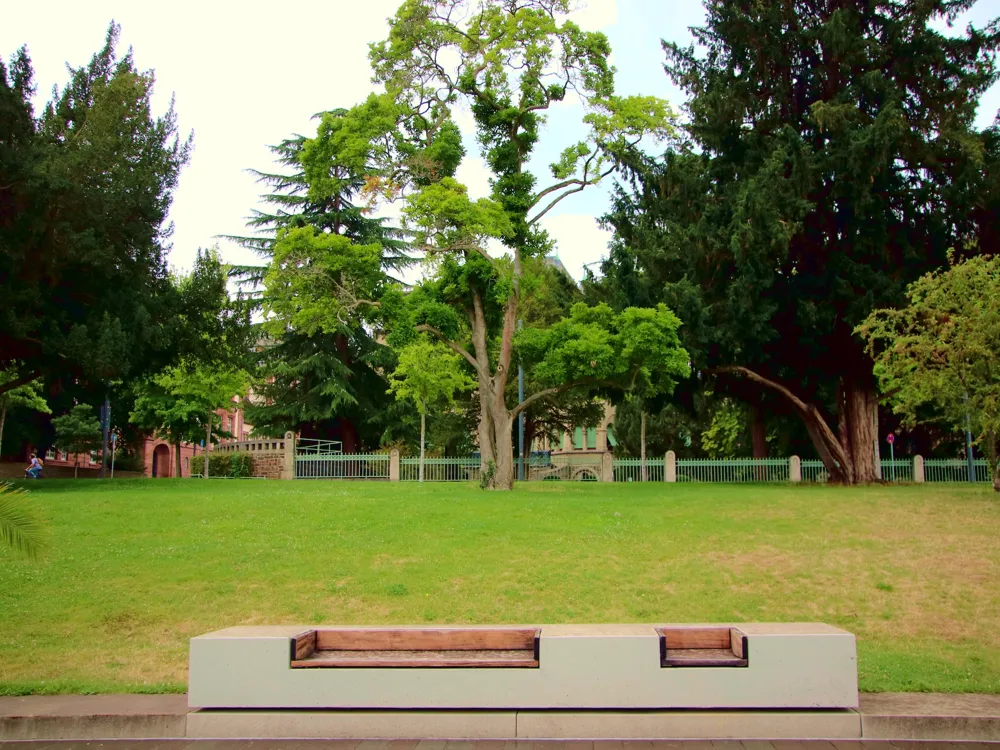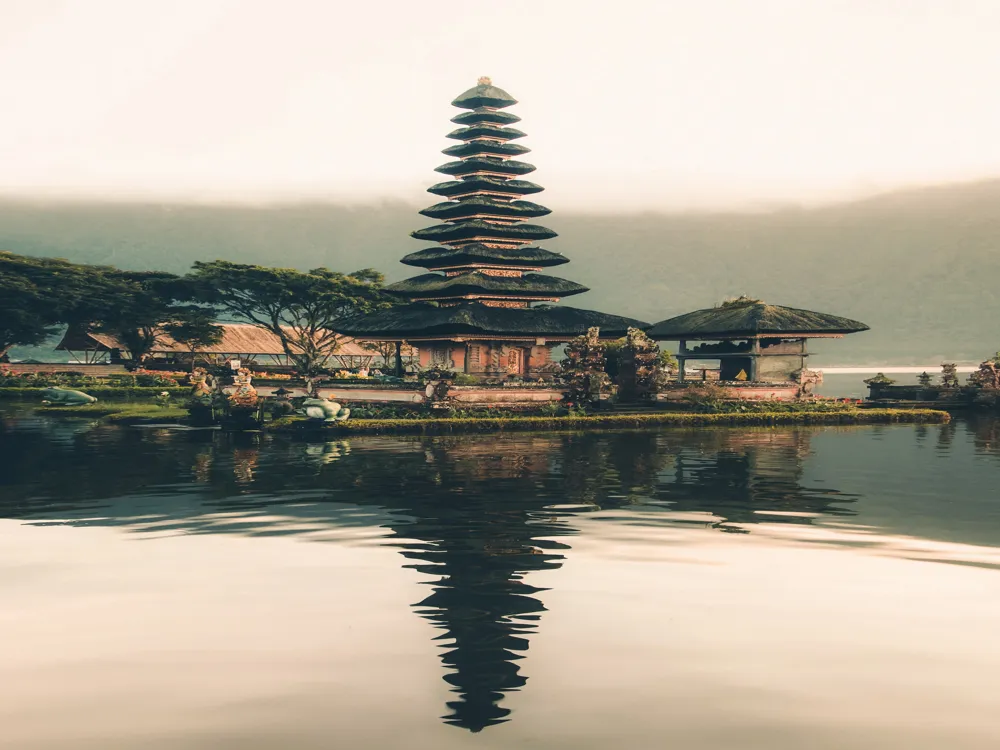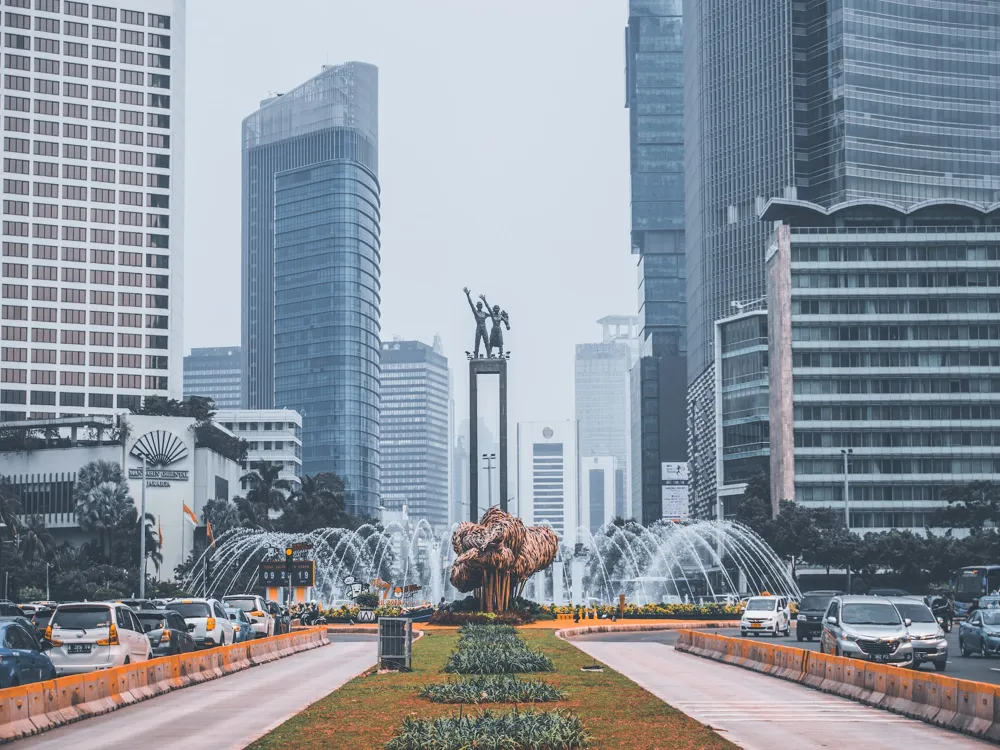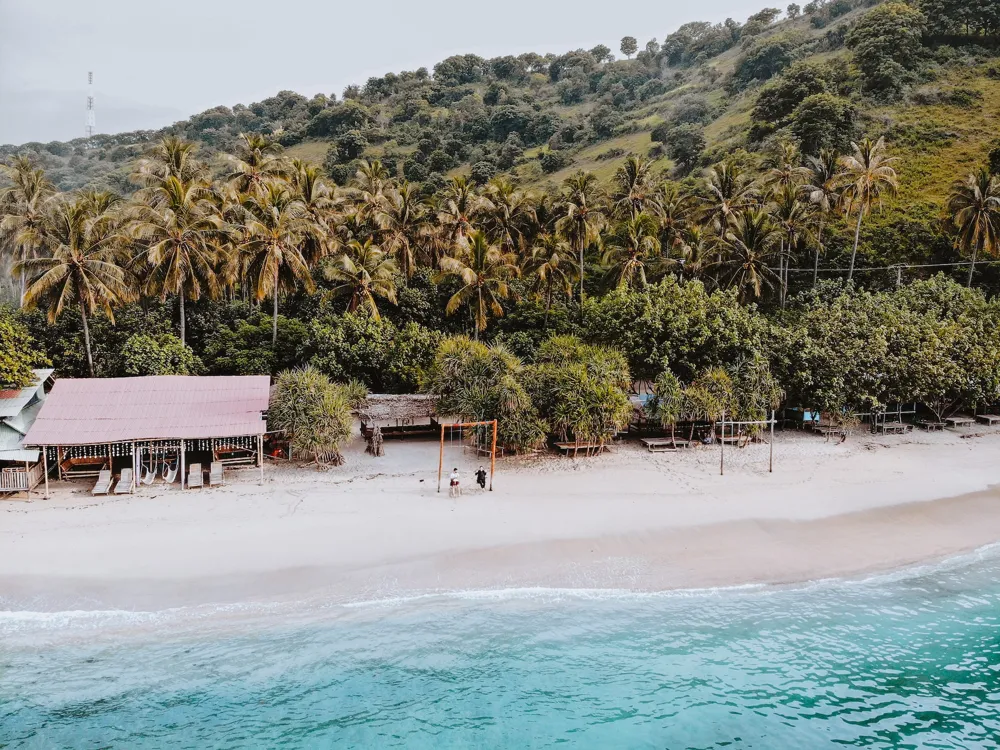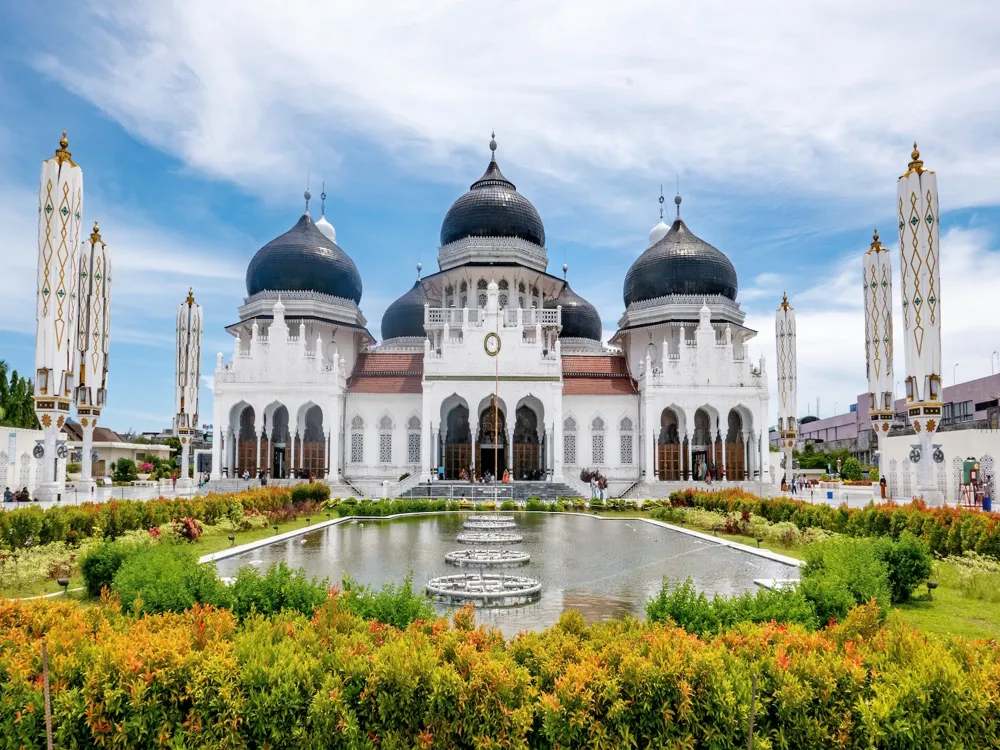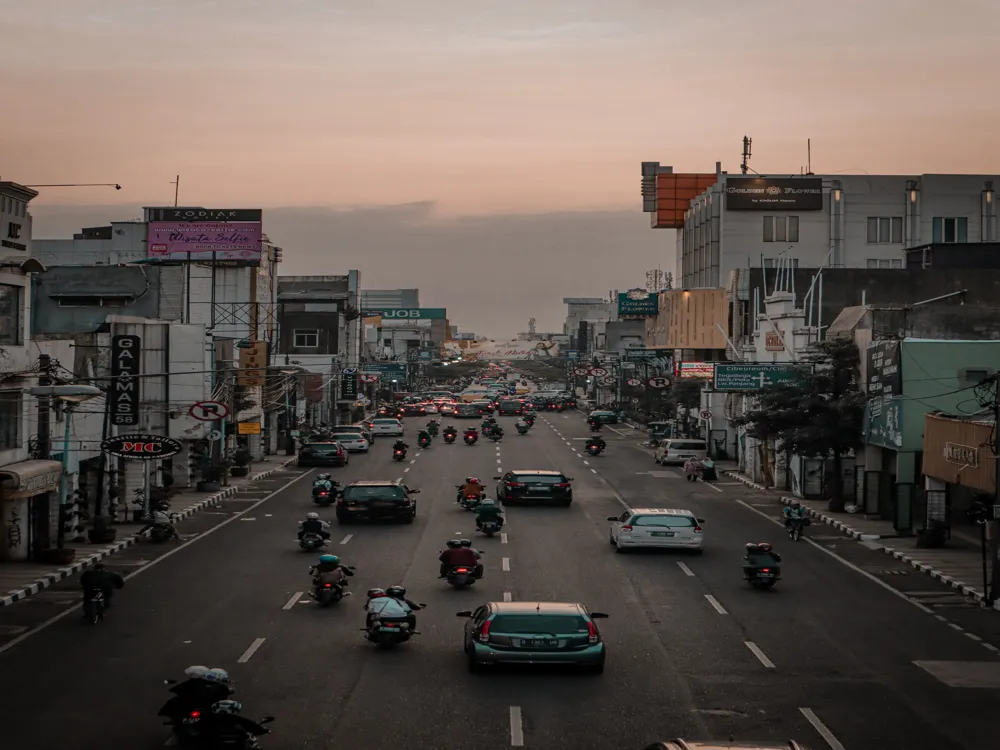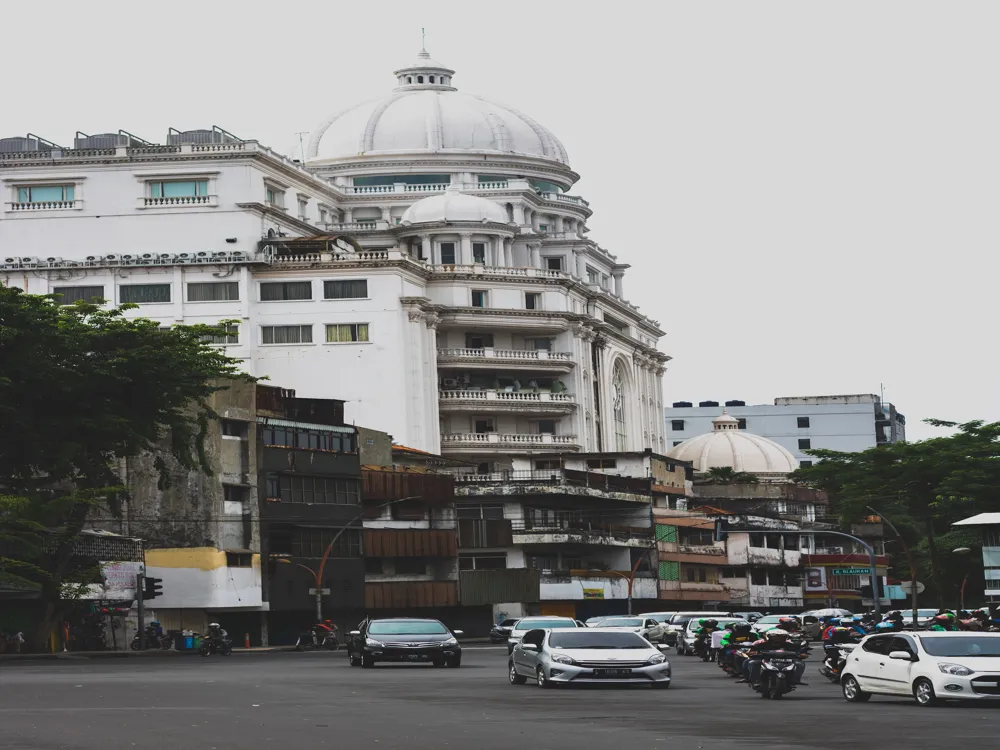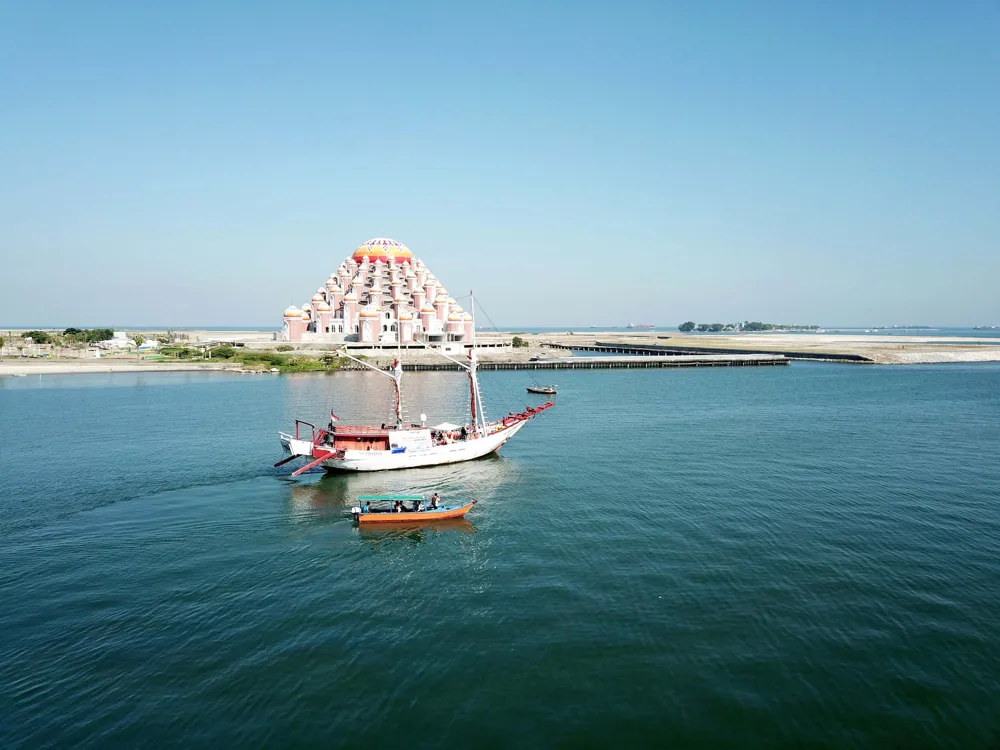The Ban Hin Kiong Temple, nestled in the vibrant city of Manado, Indonesia, stands as a beacon of cultural and historical significance. This temple, being the oldest in the city, has been a pivotal site for the spiritual practices and communal gatherings of the local Chinese community for over three centuries. Its foundation dates back to the early 18th century, marking it as a historical landmark that has withstood the test of time. The temple is not just a place of worship; it is a vivid tapestry of history, culture, and spirituality. It serves as a testament to the Chinese influence in Manado, reflecting the harmonious blend of diverse cultural heritages in the region. Visitors are captivated by its rich history, which is intimately tied to the waves of Chinese immigration to Indonesia and the unique assimilation of their culture with the indigenous Minahasan culture. Over the years, Ban Hin Kiong Temple has evolved beyond its religious confines, emerging as a symbol of unity and cultural integration. It plays a crucial role during significant festivals such as the Chinese New Year and the Cap Go Meh festival, drawing visitors from all corners of the globe. These events are replete with vibrant rituals, traditional performances, and a display of the rich cultural tapestry that the temple embodies. Moreover, the temple's architecture, an exquisite blend of traditional Chinese design with local influences, tells a story of cultural exchange and adaptation. Its intricate carvings, ornate decorations, and harmonious use of colors create an atmosphere of serenity and spiritual upliftment. The temple is not merely a structure; it is a living museum, a place where history breathes and culture resonates in every corner. The Ban Hin Kiong Temple, a masterpiece of architectural brilliance, is a stunning representation of Chinese architectural heritage blended seamlessly with local Indonesian influences. The temple's design and construction reflect the traditional Fujian style, a style known for its intricate details and symbolic meanings. At the heart of its architecture is the principle of harmony – between humans and nature, and between the physical and spiritual realms. This principle is evident in the temple's layout, which meticulously aligns with Feng Shui concepts. The temple faces north, believed to be auspicious and conducive to attracting positive energy. The entrance, adorned with imposing doors and guarded by lion statues, serves as a gateway to a realm of tranquility and spiritual enlightenment. The temple's roof is a spectacle in itself, featuring the iconic 'swallowtail' design, common in South China. This design is not only aesthetically pleasing but also serves a practical purpose, facilitating water drainage during heavy rains. The roof is adorned with intricate carvings of dragons, phoenixes, and other mythological creatures, each symbolizing different aspects of Chinese folklore and imparting a sense of the divine. Inside, the temple reveals an array of vibrant murals and paintings, each narrating stories from Chinese mythology and history. These artworks are not mere decorations; they are visual sermons, imparting wisdom and moral lessons. The use of red and gold throughout the temple is particularly striking, symbolizing good fortune, happiness, and prosperity in Chinese culture. Moreover, the temple's altar is a focal point of spiritual activity. It houses various deities, each revered for different aspects of life. The intricate woodwork, the use of gold leaf, and the placement of incense burners create an ambiance that transcends the physical realm, inviting devotees into a world of meditation and prayer. Visitors should wear modest clothing, covering shoulders and knees, as a sign of respect for the temple's religious significance. While photography is allowed, it's important to be mindful of worshippers and avoid using flash inside the temple. Engage in quiet conversation, turn off mobile phones, and observe local customs and rituals with respect. Visiting during festivals like Chinese New Year offers a unique experience with traditional ceremonies and celebrations. Consider a guided tour to gain deeper insights into the temple's history, architecture, and religious practices. Reaching Ban Hin Kiong Temple is quite convenient, given its location in the heart of Manado. The temple is accessible by various modes of transportation, making it a hassle-free experience for visitors. For international travelers, the nearest airport is the Sam Ratulangi International Airport. From there, one can take a taxi or a local bus to reach the temple. The journey from the airport to the temple typically takes around 30 to 45 minutes, depending on traffic conditions. For those staying in Manado, the temple is easily reachable by local public transportation, such as buses and minibusses (known locally as 'mikrolet'). Taxis are also readily available and offer a more comfortable and direct route to the temple. Additionally, for visitors who prefer a more adventurous route, renting a scooter or a bike can be an exciting way to explore the city and reach the temple. This mode of transport allows for flexibility and the opportunity to enjoy the scenic beauty of Manado. Read More:Overview of Ban Hin Kiong Temple in Manado
Architecture of Ban Hin Kiong Temple
Tips When Visiting Ban Hin Kiong Temple
Dress Appropriately
Photography Etiquette
Respect the Customs
Participate in Festivals
Guided Tours
How To Reach Ban Hin Kiong Temple
Ban Hin Kiong Temple
Manado
NaN onwards
View manado Packages
Manado Travel Packages
View All Packages For Manado
Top Hotel Collections for Manado

Private Pool

Luxury Hotels

5-Star Hotels

Pet Friendly
Top Hotels Near Manado
Other Top Ranking Places In Manado
View All Places To Visit In manado
View manado Packages
Manado Travel Packages
View All Packages For Manado
Top Hotel Collections for Manado

Private Pool

Luxury Hotels

5-Star Hotels

Pet Friendly










